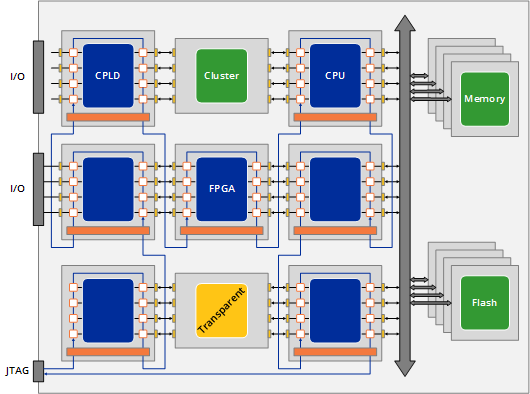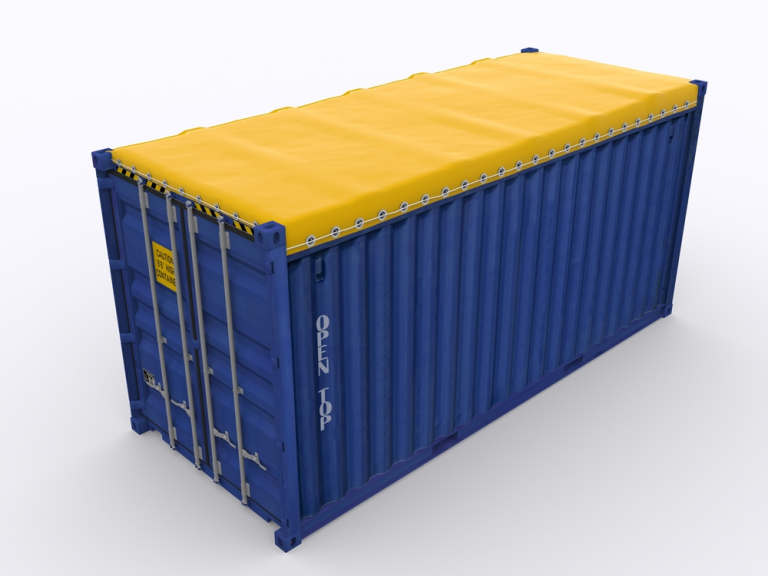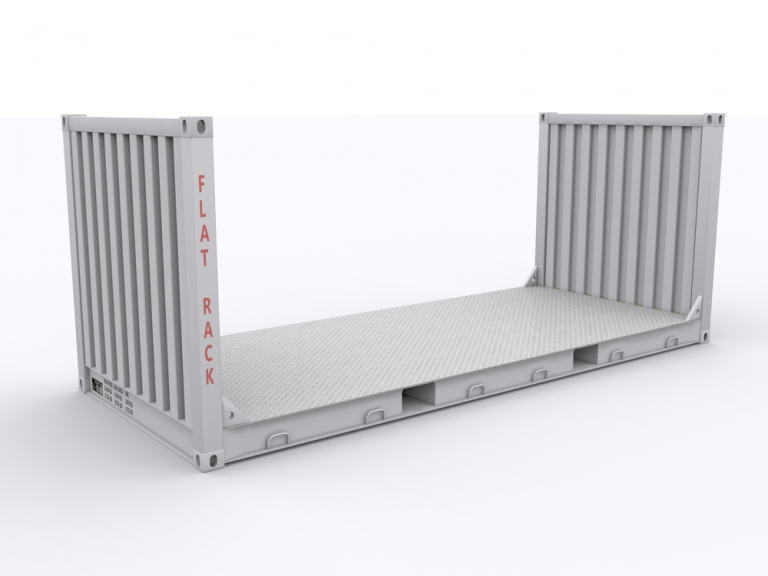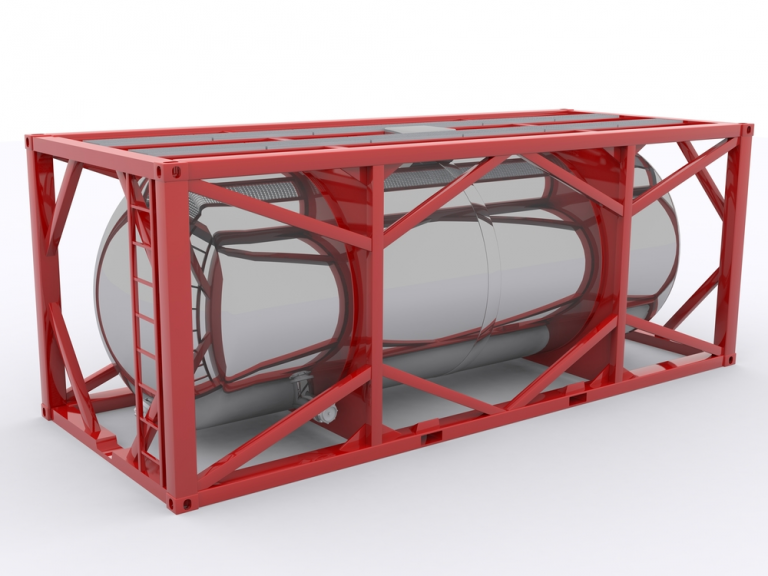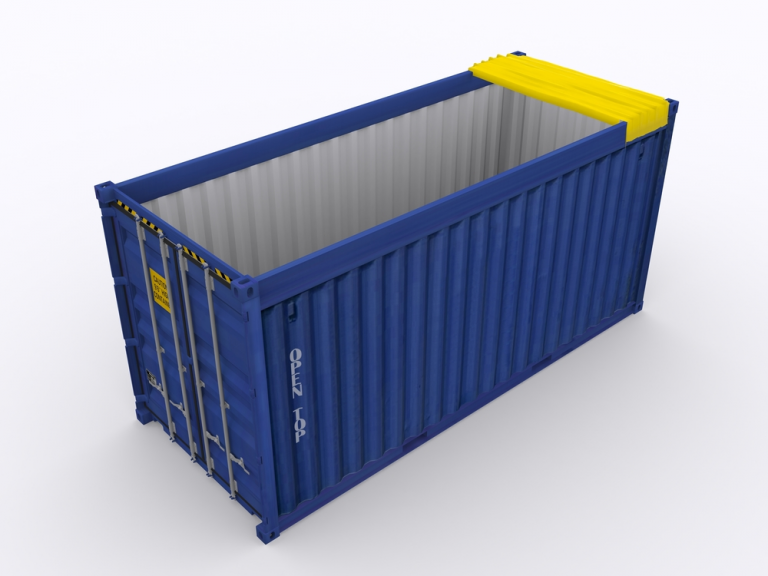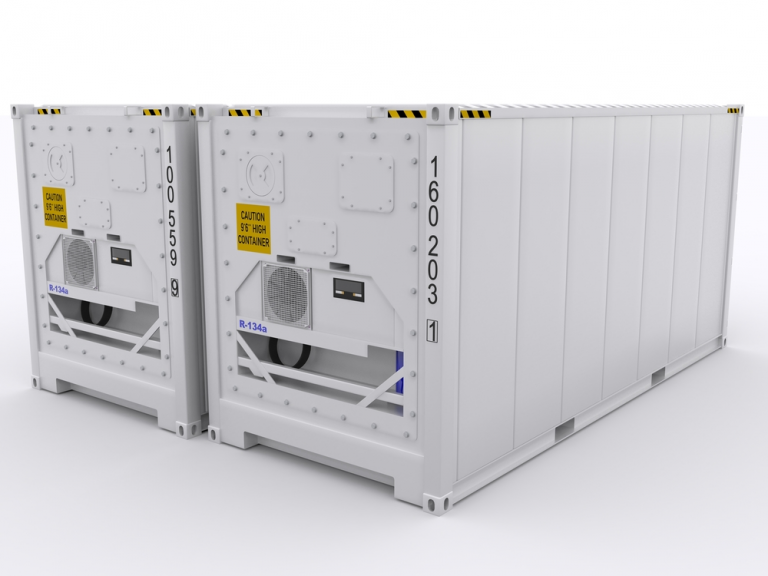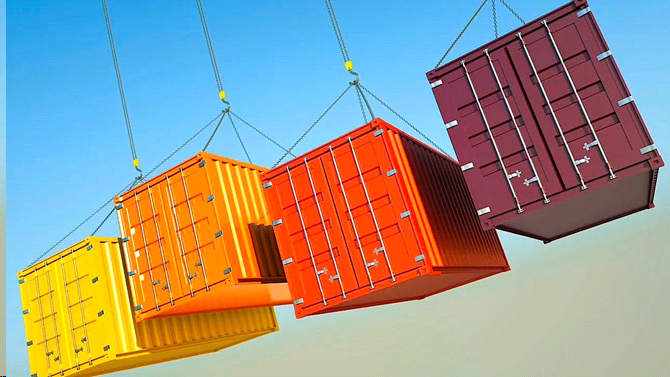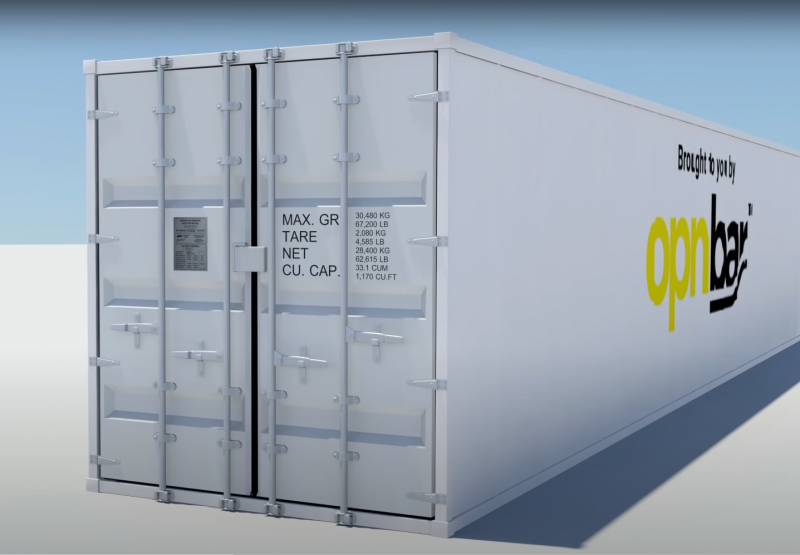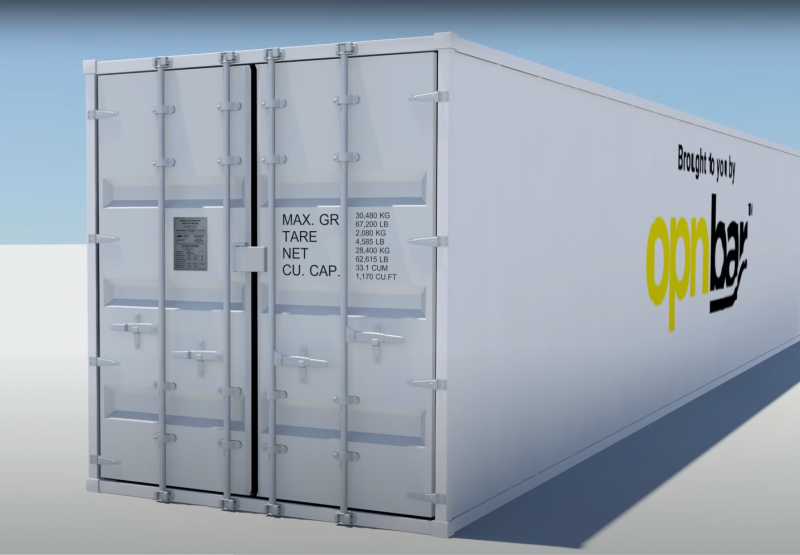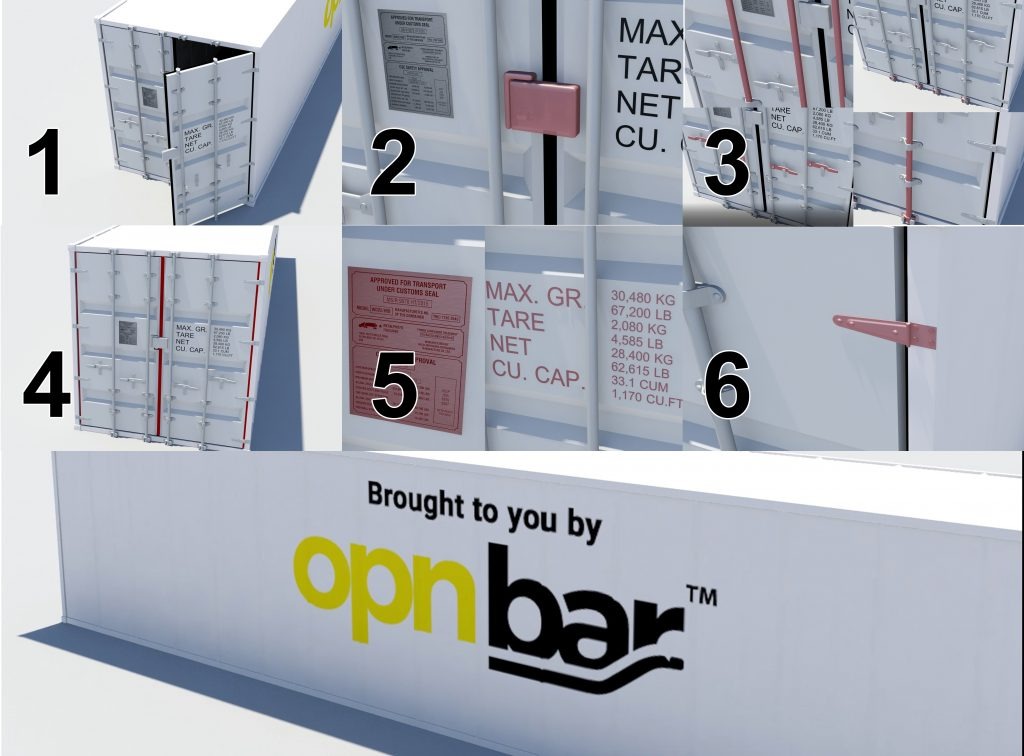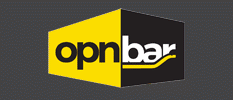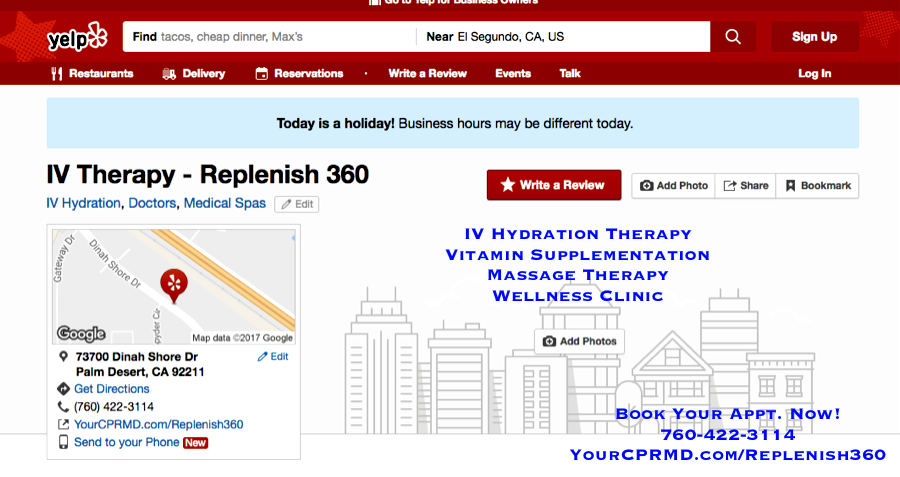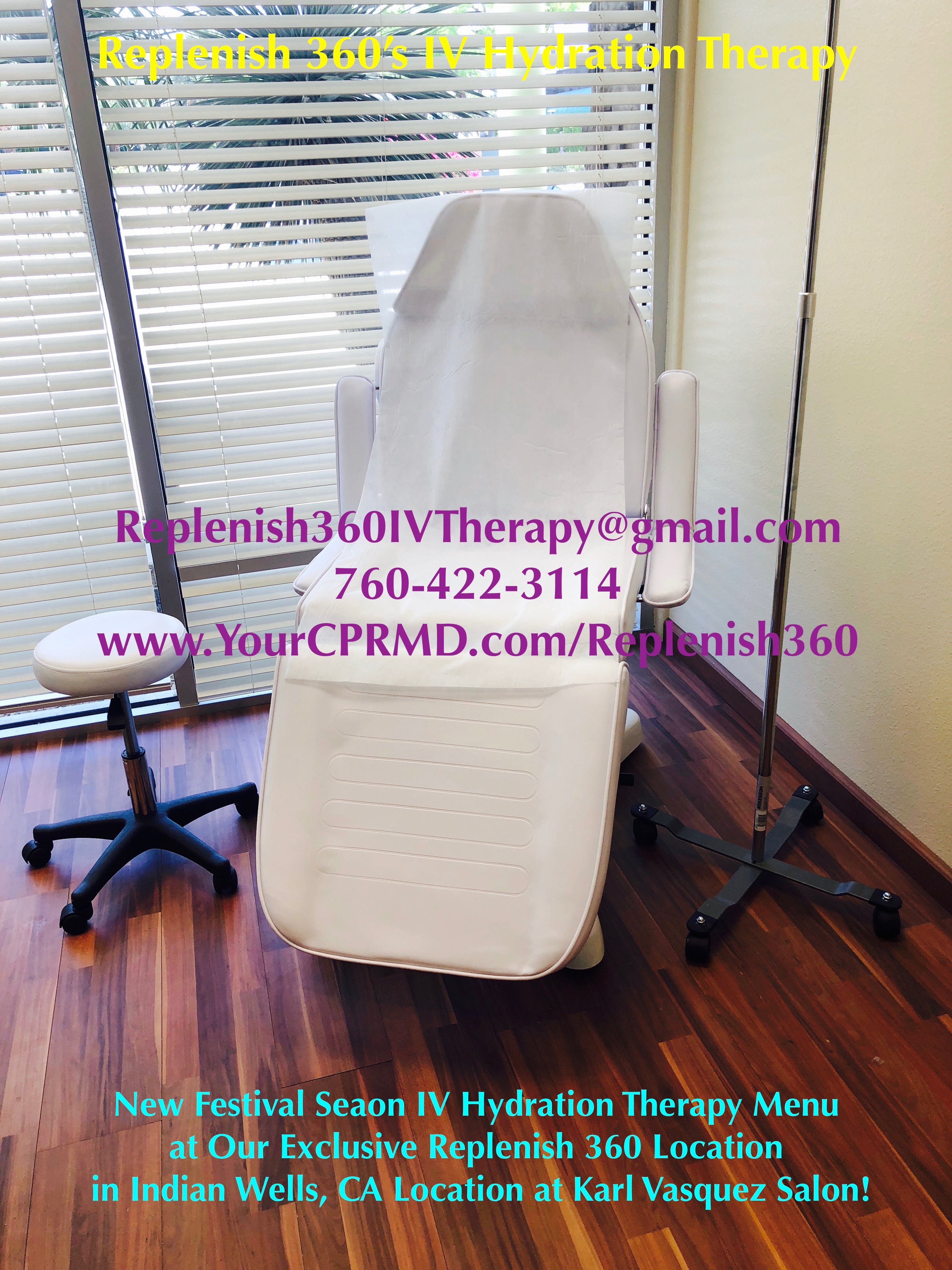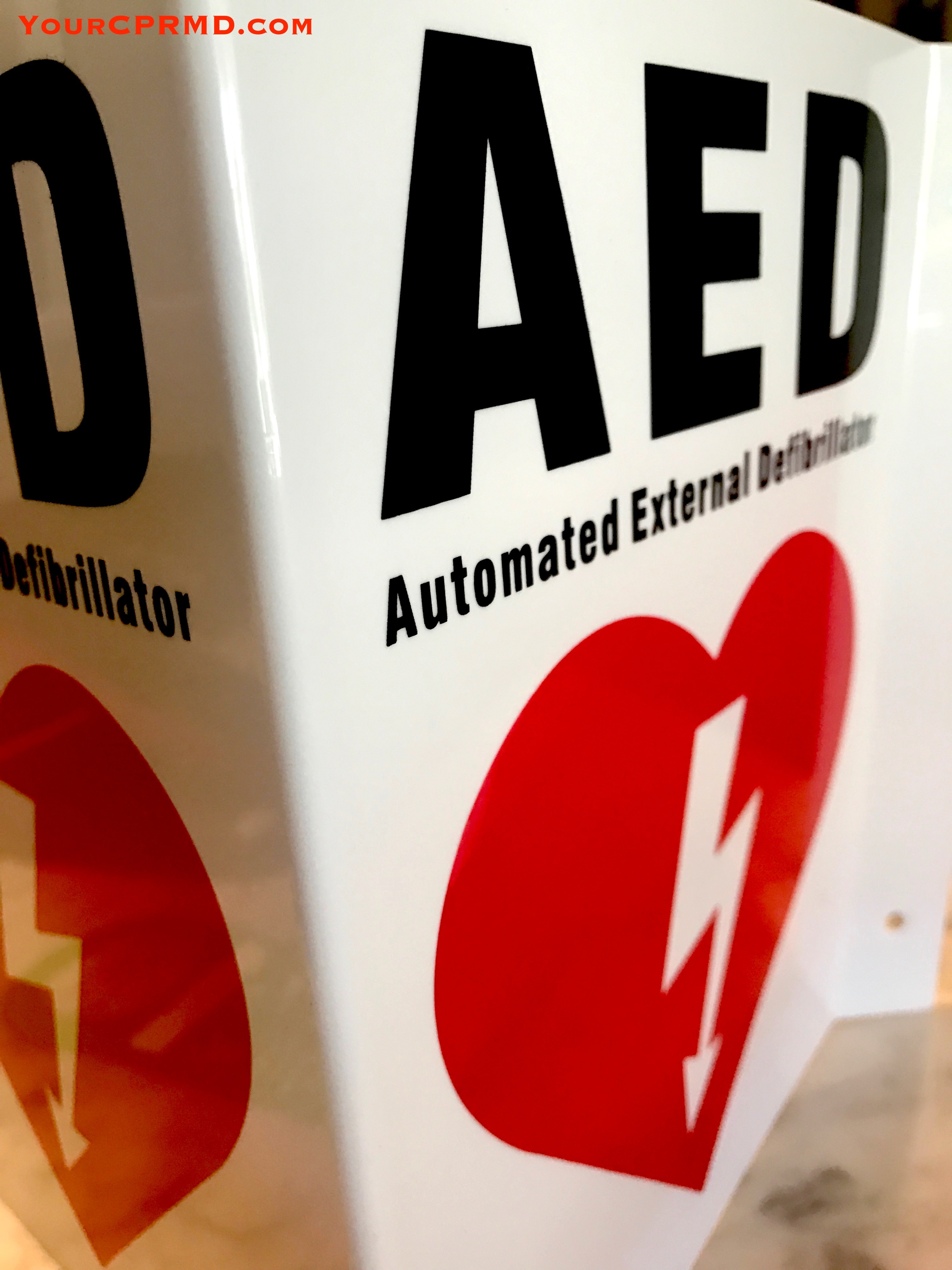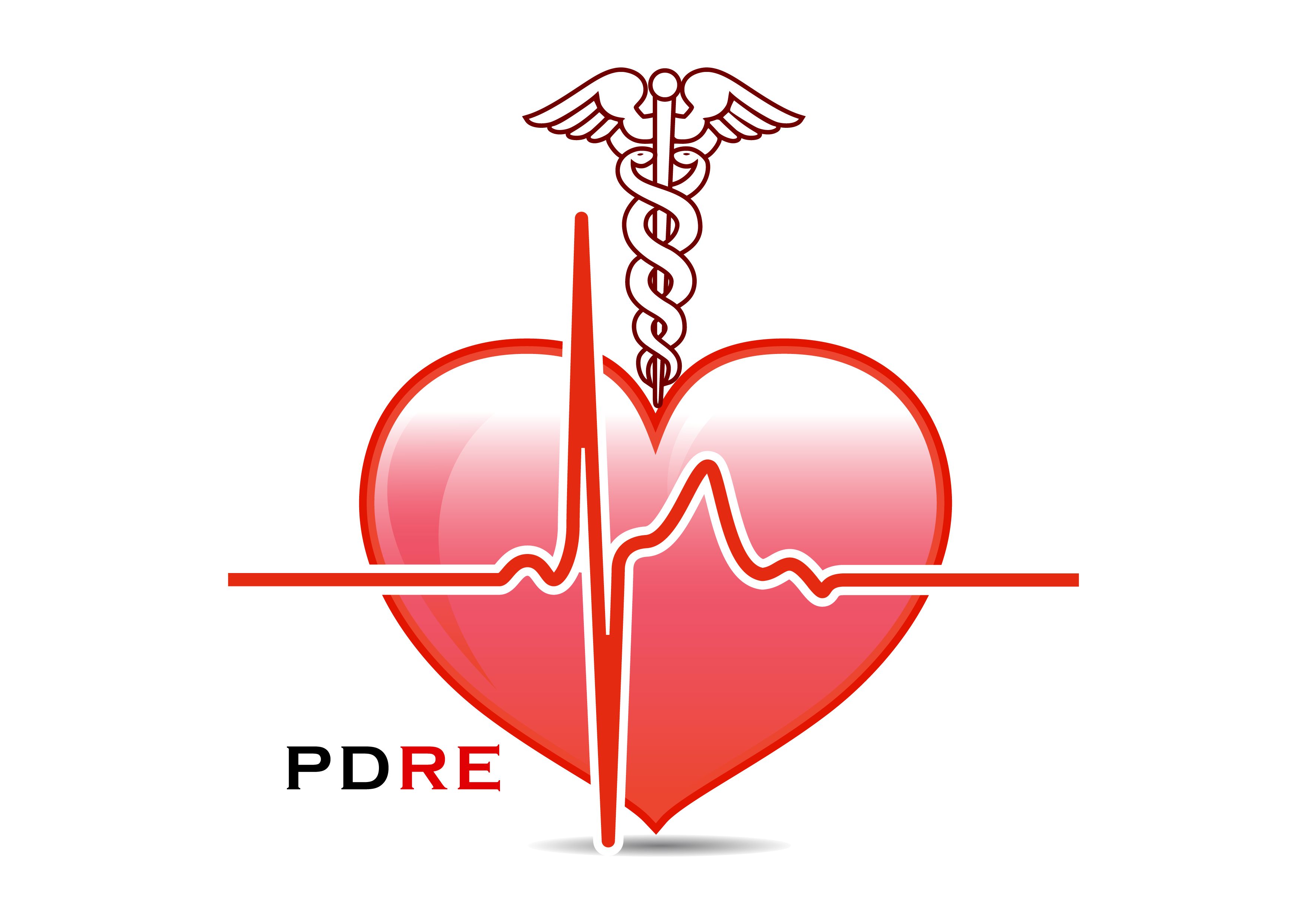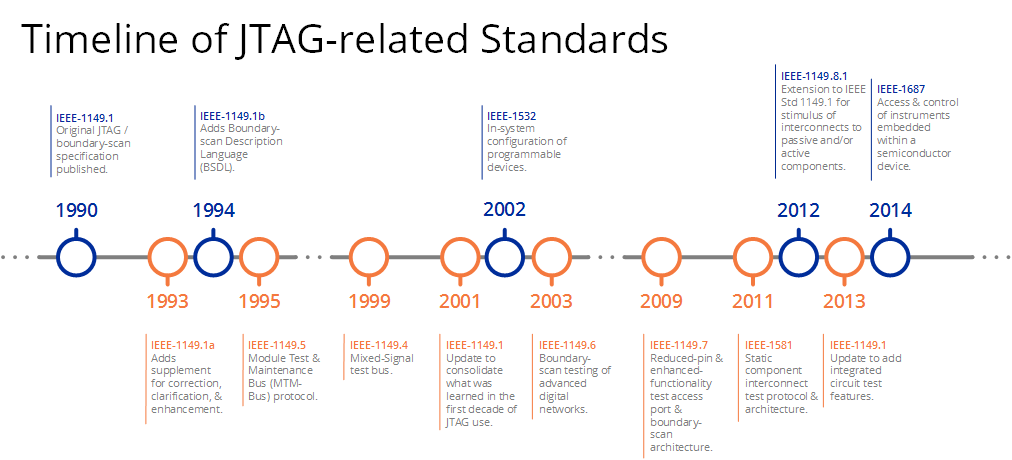You might have posed yourself this inquiry while dealing with your private company funds… Is Sage for Mac bookkeeping programming a decent choice?
For any private company, Sage 50 for Mac bookkeeping programming is priceless, permitting you to deal with your business at each progression, whether it’s receipt sending and following, dealing with expense and consistence, determining income, or paying your kin.
Be that as it may, one of the decisions you should make prior to putting resources into equipment and programming for your independent venture is – Mac or PC?
There’s a motivation behind why Apple Macs are famous with private ventures.
Without getting a lot into a Install Sage 50 on Mac versus PC banter, you might favor Apple gadgets in view of their apparent convenience and the discernment that they are utilizing a top notch brand.
You may likewise feel Apple PCs, work areas and tablets are all the more low-support and less vulnerable to hacking.
Positively, assuming your business has a ton of fashioners and imaginative experts, you could feel that Macs and MacBooks are better choices.
Computerized visual depiction programming has generally been related intimately with Apple programming, and numerous inventive kinds are savagely faithful to the brand.
In the event that you’re taking a gander at doing your funds, however, Apple programming probably won’t so pursue.
While work area Sage 50 for Mac bookkeeping programming overwhelmed, it’s not off-base to say in the event that you were a PC client, you would have preferred bookkeeping programming choices over Mac clients.
Just, this is on the grounds that PC has generally been the prevailing framework regarding numbers.
In any event, when PC merchants moved work area programming from PC to Mac previously, frequently it didn’t exploit the delights of utilizing an Apple PC or gadget. Mac renditions felt like an untimely idea, lacking the two highlights and client service.
Assuming you were a Mac client requiring PC-explicit business programming, you could go to virtualisation, which would permit a Install Sage 50 on Mac PC to imitate a Windows climate and run Windows-based programs.
Be that as it may, this kind of specialized playing is a ton of work for your typical entrepreneur. You were unable to be accused on the off chance that you believed you lacked the capacity to deal with that.
Cloud accounting software
However today, it’s more normal than at any other time to see entrepreneurs utilizing MacBooks, iPads and iPhones to complete their everyday monetary undertakings.
For what reason are Apple clients today so sure about doing their funds on their frameworks? You just need to say single word – cloud.
Cloud and programming as an assistance implies that an absence of explicit Sage 50 for Mac able business applications is significantly less of an issue, as it’s simple for you to can get to programs through their program.
Priya Radosevic, a substance planner at Sage, was independently employed prior to joining the organization. She ran her funds on her Mac with Sage Accounting.
A Mac client beginning around 2010, she favors Apple as she feels it’s a sleeker machine cosmetically, and on the grounds that it runs a significant part of the imaginative programming, she’s in an ideal situation than on PC.
She says: “I’ve been utilizing Sage Start, which is electronic, so that hasn’t been an issue for Mac.
“My bookkeeper utilizes one more stage that is customized to his training that permits me to transfer all my documentation, which again is electronic.
“HMRC is currently to a great extent all suitable through the Government Gateway so once more, so don’t bother observing a product that is reasonable for Mac.
“With everything taken into account, I would agree that that for my monetary and business needs, my Mac hasn’t been an impediment in any capacity.”
Radosevic adds that she exclusively utilized online programming, which is turning out to be progressively normal. Adobe, for instance, has its Creative Cloud, which is exceptionally well known with Mac creative’s.
Like other fruitful innovation organizations, Adobe saw some time in the past that web applications ought to work across stages to permit organizations to effectively team up.
Assuming you’re a Install Sage 50 on Mac client, you ought to comprehend that large numbers of the elements that will make bookkeeping programming alluring to you will be connected with the cloud.
What you ought to search for in your Sage for Mac accounting software
1. Access anyplace, whenever, on any stage
It might be ideal assuming you had cloud bookkeeping programming that permits you to do your funds from anyplace, whenever.
In businesses, for example, development, you would rather not be attached to the workplace, and that implies your records should not sit on a neighborhood drive. You can chip away at any machine or gadget that has an internet browser.
2. Decreases desk work
With conventional work area bookkeeping programming, there was as yet a requirement for desk work, information passage and administrator. Printing administrative work constantly is tedious, and honestly exhausting.
Mac clients utilizing Sage 50c bookkeeping programming will diminish their dependence on desk work, as any gadget with online access will allow you effectively to find, search and send solicitations.
You don’t have to keep paper duplicates, as all reports will be digitalized and put away securely on the web.
3. Simple establishment and redesigns
One benefit that many individuals see from utilizing a Mac over a PC is the straightforwardness you get from introducing programming and things working ‘out of the case’.
Sage 50 for Mac bookkeeping programming does only this, without you expecting to mess with documents. And on second thought of stressing over sponsorship up your product, all updates are done consequently.
4. No problem at all
Mac clients frequently gloat that their frameworks are safer than PCs. That is not generally the situation, however sellers of note guarantee web based bookkeeping programming safeguards your monetary information, scrambled, and served in on location servers.
There is likewise no issue over monetary information if your MacBook, iPad, or iPhone becomes inoperable or gets taken. It won’t create setbacks since you can pick a different gadget to re-access your records.
That implies assuming you end up losing your gadget or it’s taken Install Sage 50 on Mac, while that will be an issue, you won’t confront what is happening where you’ve lost long periods of business administrator data, or are presented to fake action.
5. Cooperative highlights
Before, whether you were utilizing a Mac or PC, it wasn’t not difficult to team up assuming you utilized work area bookkeeping programming.
With the Sage 50c, Mac bookkeeping clients from any business can get to similar numbers and data, regardless of where they are on the planet.
It likewise makes it a lot more straightforward than at any other time to send documents rapidly to your bookkeeper when required.
The last lowdown on Sage for Mac accounting software
It’s likely reasonable to say that assuming you’re utilizing the cloud, there’s no such thing as Sage 50 for Mac bookkeeping programming that main deals with Macs.
There used to be an unmistakable contrast among Mac and PC programming when work area programming wore the pants.
Yet, Sage 50c cloud-based programming has extended so much that it’s quite hard to track down a top-quality cloud bookkeeping program that doesn’t work effectively with Mac PCs.
Along these lines, assuming you’re a private venture Mac client searching for Sage 50 for Mac bookkeeping programming, unwind.
Assuming you’re glad to utilize the cloud, you have a decision between a ton of good choices, so ensure you pick the product that turns out best for your own particular business needs.






